Exploring the world’s most mysterious caves offers a unique glimpse into nature’s wonders and ancient histories. These caves, hidden beneath the surface, hold secrets that range from stunning geological formations to ancient artworks and unique ecosystems. From the glowworm-lit caverns of New Zealand to the prehistoric art-filled chambers in France, each cave has its own story to tell. Delve into these extraordinary subterranean worlds and discover the allure and mystery that have captivated adventurers and scientists alike.
Mammoth Cave, USA
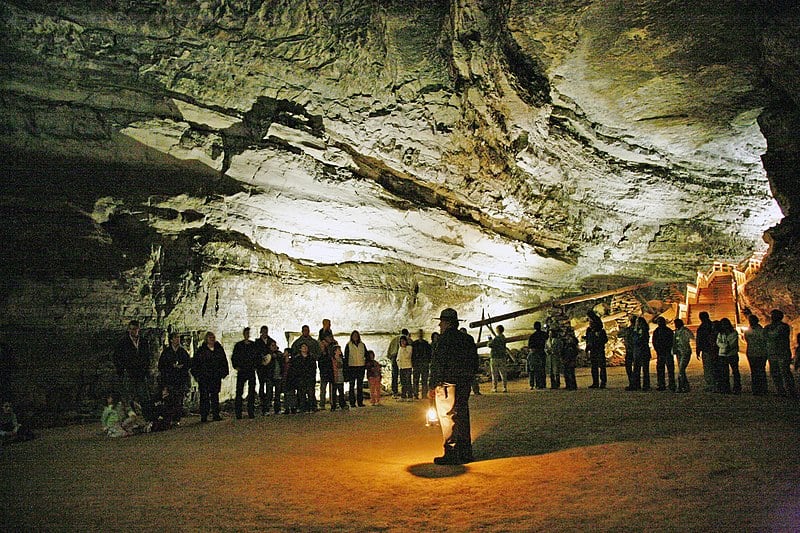
Mammoth Cave in Kentucky holds the title of the longest cave system in the world, with over 400 miles of explored passageways. Its extensive network is filled with mysterious chambers and ancient Native American artifacts. The cave’s vastness and intricate limestone formations add to its enigmatic allure. Explorers often describe a sense of timelessness within its dark, winding tunnels. The mysteries of undiscovered sections continue to intrigue cavers and scientists alike.
Waitomo Caves, New Zealand
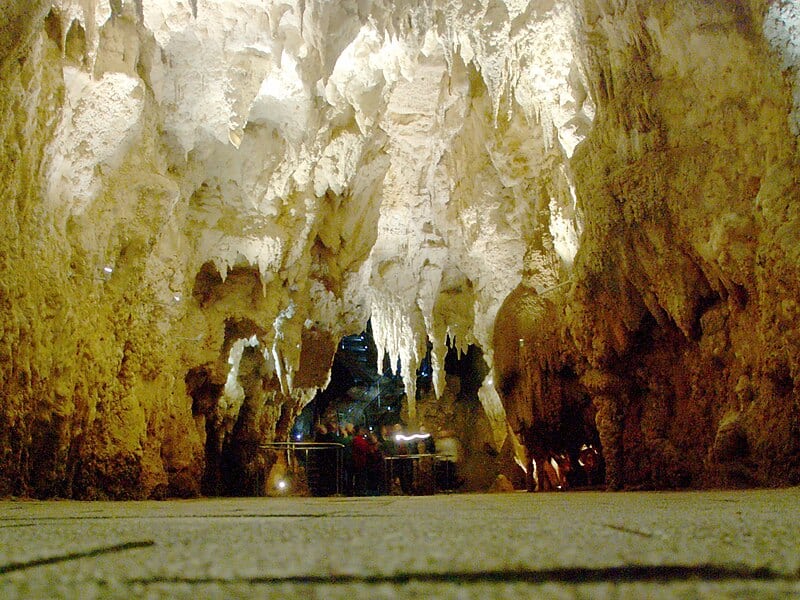
Located on New Zealand’s North Island, Waitomo Caves are renowned for their stunning glowworms that illuminate the dark caverns. These bioluminescent creatures create a starry sky effect on the cave ceiling, adding to the caves’ mystique. The Waitomo system includes several caves, each with unique formations and underground rivers. Visitors often take boat rides to witness the glowing spectacle in silence. The ancient Maori legends surrounding the caves enhance their mysterious reputation.
Škocjan Caves, Slovenia
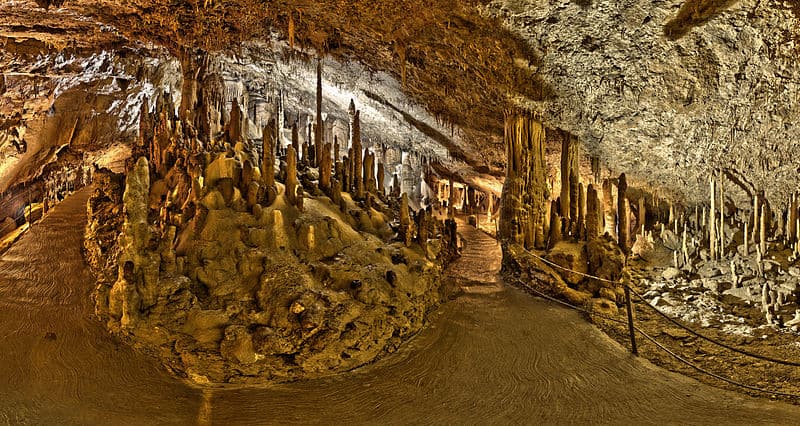
The Škocjan Caves in Slovenia are a UNESCO World Heritage site, famous for their vast underground canyon and river. The caves’ impressive size and the roaring Reka River create an awe-inspiring and eerie atmosphere. Stalactites and stalagmites form unique shapes, some resembling mythical creatures. The mysterious underground halls, like Martel’s Chamber, add to the sense of wonder. Archaeological finds suggest human activity in the caves dating back thousands of years.
Son Doong Cave, Vietnam
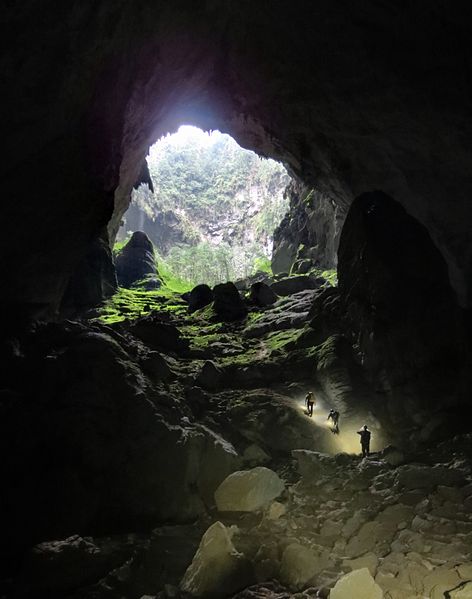
Son Doong Cave in Vietnam is the largest known cave passage in the world by volume, stretching over 5.5 miles. Discovered in 1991 and only fully explored in the last decade, its colossal chambers contain their own ecosystems, including a jungle and river. The cave’s size and beauty are unparalleled, with skylights illuminating its interior. The Great Wall of Vietnam, a massive calcite barrier, adds to its allure. Its remote location in the Phong Nha-Ke Bang National Park preserves its mystery.
Ellora Caves, India
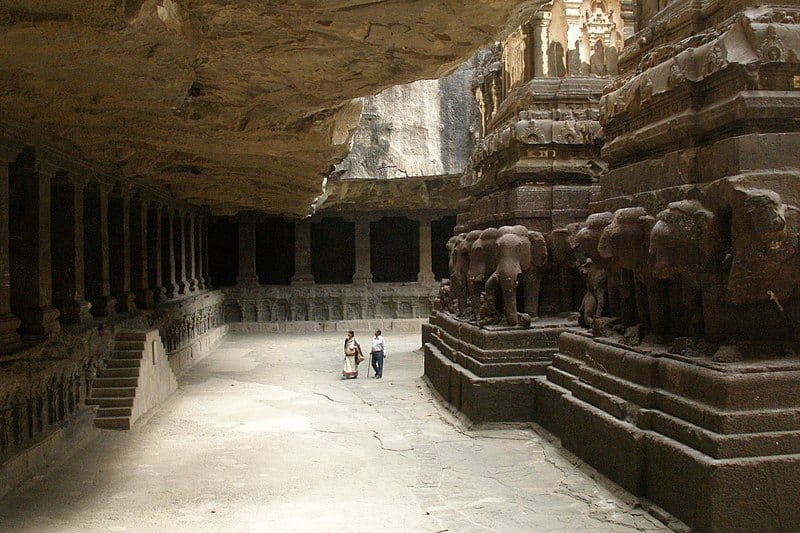
Ellora Caves in Maharashtra, India, are a complex of 34 rock-cut monasteries and temples dating back to 600-1000 AD. These ancient caves represent Buddhism, Hinduism, and Jainism, showcasing a blend of religious art and architecture. The most famous cave, Kailasa Temple, is a single monolithic rock excavation, adding to the site’s enigma. The intricate carvings and sculptures depict scenes from ancient texts and mythology. The sheer scale and craftsmanship continue to baffle historians and archaeologists.
Fingal’s Cave, Scotland
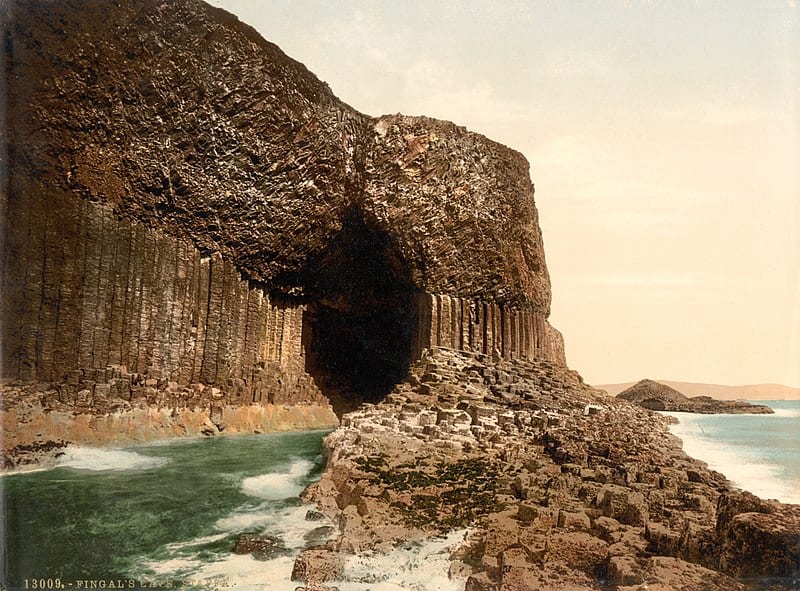
Fingal’s Cave on the uninhabited island of Staffa in Scotland is known for its unique hexagonal basalt columns, formed by volcanic activity. The cave’s natural acoustics create haunting echoes, often likened to the sound of an organ. Its mysterious and remote location, combined with the stunning geological formations, has inspired legends and music. The cave’s entrance, shaped like a Gothic cathedral arch, adds to its mystique. It’s accessible only by boat, enhancing its enigmatic appeal.
Lascaux Cave, France
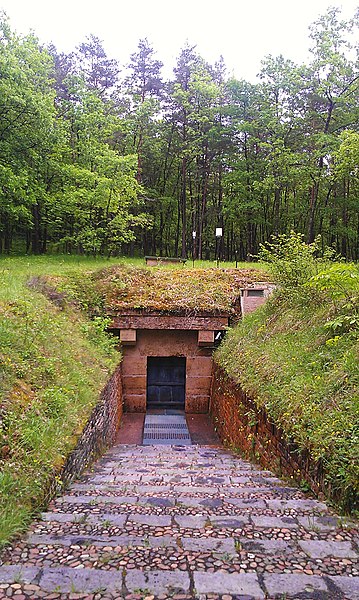
Lascaux Cave in southwestern France is famous for its prehistoric cave paintings, estimated to be over 17,000 years old. These Paleolithic artworks depict animals, human figures, and abstract signs, providing a glimpse into early human life. The cave’s discovery in 1940 by four teenagers added to its mystique, as did the eventual closure to the public to preserve the delicate art. The paintings’ purpose and meaning remain subjects of speculation and study. Reproductions allow visitors to appreciate the art while protecting the original cave.
Reed Flute Cave, China
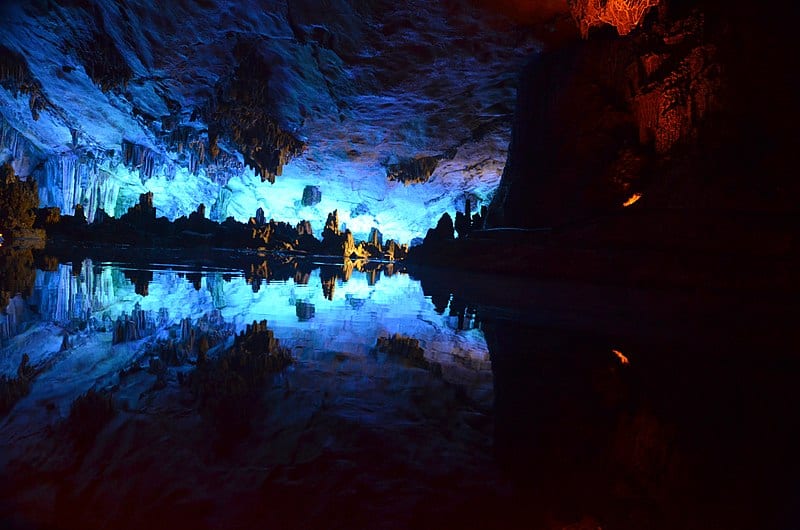
Reed Flute Cave in Guilin, China, is known for its multicolored lighting that illuminates the limestone formations. The cave’s name comes from the reeds growing outside, which can be made into flutes. Inside, the cave features stunning stalactites, stalagmites, and rock formations that resemble creatures and objects. Ancient inscriptions dating back to the Tang Dynasty add a historical dimension. The interplay of natural beauty and human history creates a mysterious atmosphere.
Carlsbad Caverns, USA
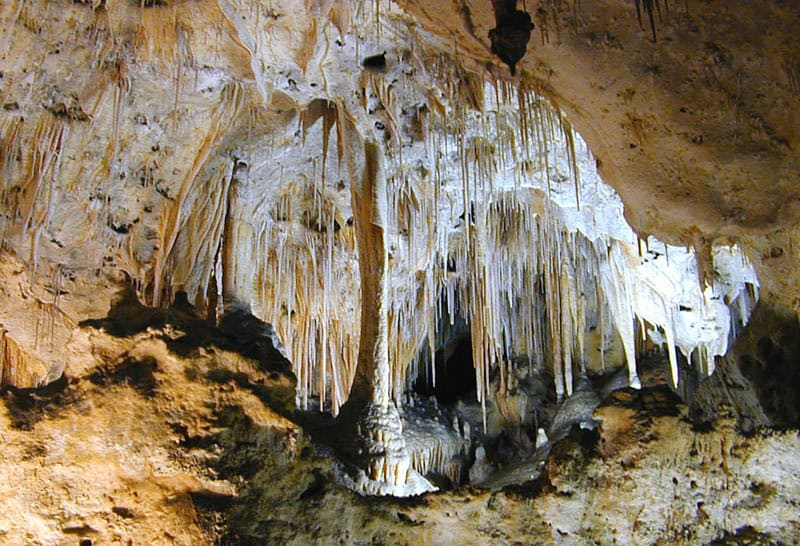
Carlsbad Caverns in New Mexico boasts a vast underground labyrinth with over 119 known caves. The Big Room, one of the largest underground chambers in North America, features incredible rock formations and a sense of awe. The Bat Flight program, where thousands of bats emerge from the cave at dusk, adds to its allure. The origins and formations within the caves continue to be a subject of geological study. The caverns’ sheer size and beauty inspire wonder and mystery.
Cueva de los Cristales, Mexico
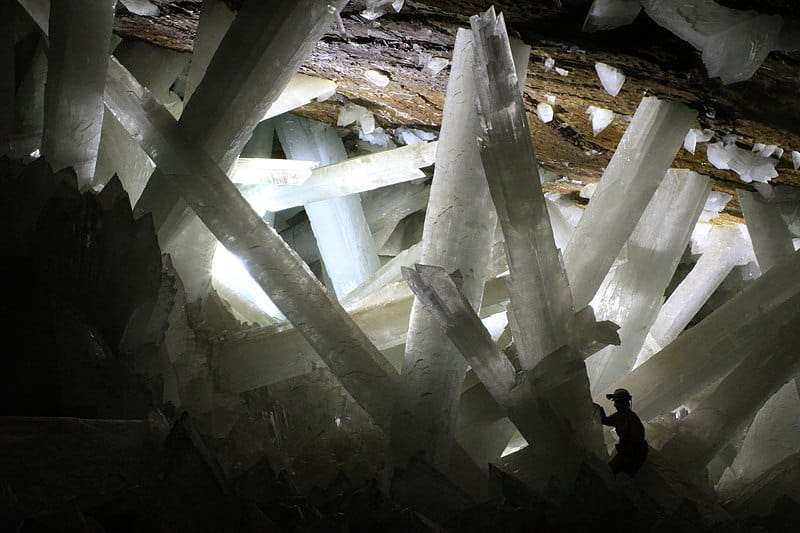
Cueva de los Cristales, or Cave of the Crystals, in Chihuahua, Mexico, houses some of the largest natural crystals ever found. Discovered in 2000, the cave contains giant selenite crystals, some reaching 36 feet in length. The extreme conditions, with temperatures over 120 degrees Fahrenheit, make exploration challenging. The origin and growth of these colossal crystals remain partially understood, adding to the cave’s mystique. Access is limited to protect the delicate formations.
Ajanta Caves, India
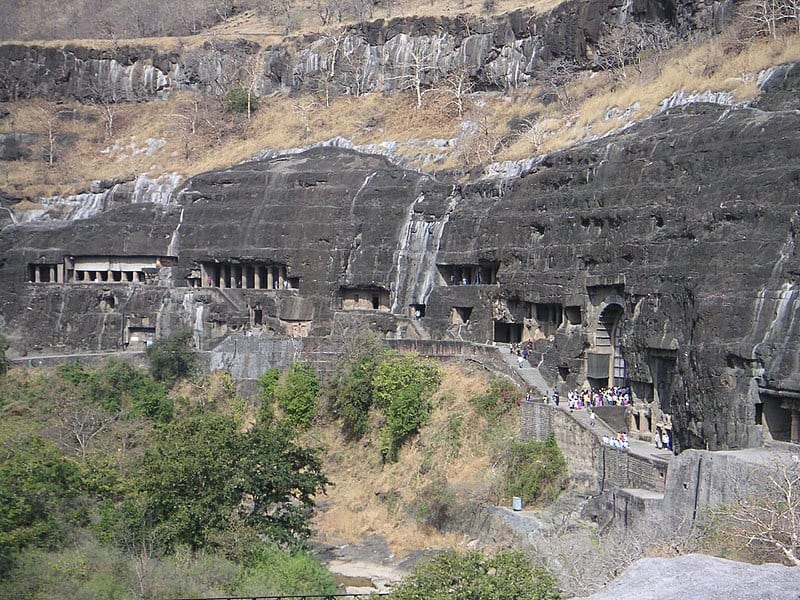
The Ajanta Caves in Maharashtra, India, are rock-cut Buddhist cave monuments dating from the 2nd century BCE to about 480 CE. The caves are renowned for their ancient paintings and sculptures, which depict the life of the Buddha and various Jataka tales. These artistic treasures offer a window into early Buddhist religious art and cultural practices. The remote location and the rediscovery of the caves in the 19th century add to their mysterious aura. The caves’ intricate artistry and historical significance continue to captivate visitors.
Ice Caves, Iceland
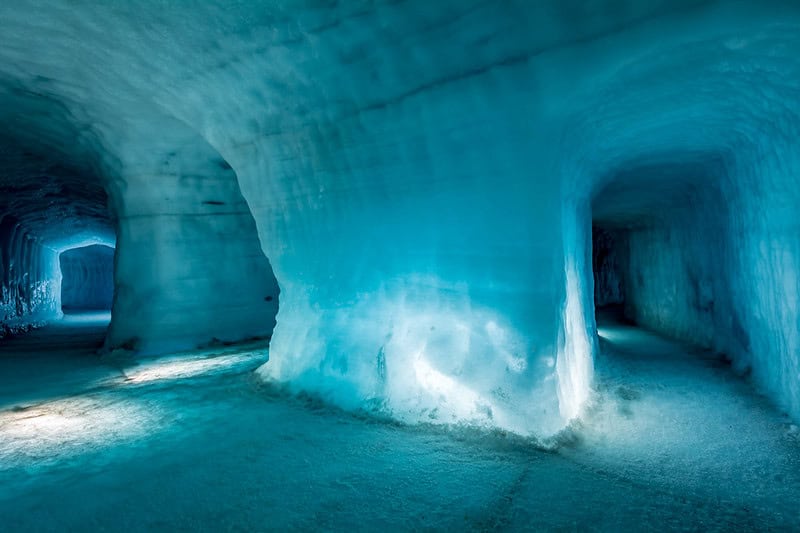
Iceland’s Ice Caves, particularly those in Vatnajökull Glacier, are natural wonders formed by glacial rivers. The caves’ translucent blue ice creates a surreal and otherworldly environment. The ever-changing nature of the ice means the caves are different each year, adding to their mystery. Visitors often describe the experience as stepping into a frozen, crystalline world. The caves’ ephemeral beauty and the challenges of accessing them enhance their enigmatic charm.
Blue Grotto, Italy
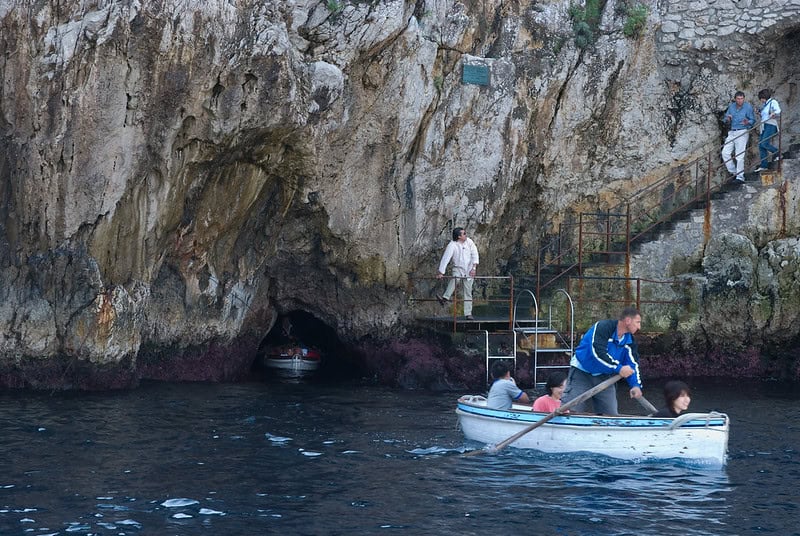
The Blue Grotto on the island of Capri, Italy, is famous for its brilliant blue waters, caused by sunlight passing through an underwater cavity. The cave’s entrance is only accessible by small boats, adding to its allure and sense of exclusivity. Ancient Romans used the cave as a marine temple, contributing to its historical mystique. The shimmering blue light and serene atmosphere create a magical experience for visitors. The grotto’s combination of natural beauty and historical intrigue makes it a captivating destination.
Jenolan Caves, Australia
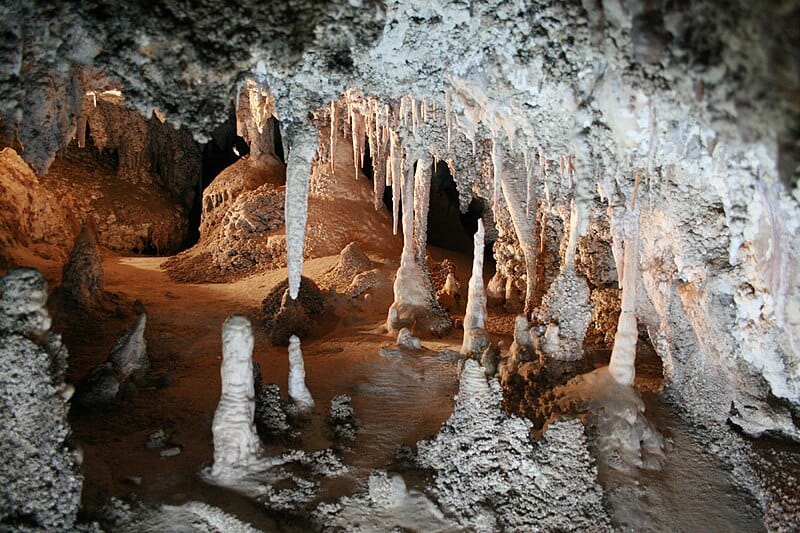
Jenolan Caves in New South Wales, Australia, are among the oldest and most spectacular cave systems in the world. The caves feature stunning limestone formations, underground rivers, and crystal-clear pools. Aboriginal legends and archaeological finds add layers of historical and cultural significance. The intricate passageways and chambers create a labyrinthine environment that sparks curiosity. Guided tours and adventure caving expeditions offer glimpses into the caves’ many secrets.
Altamira Cave, Spain
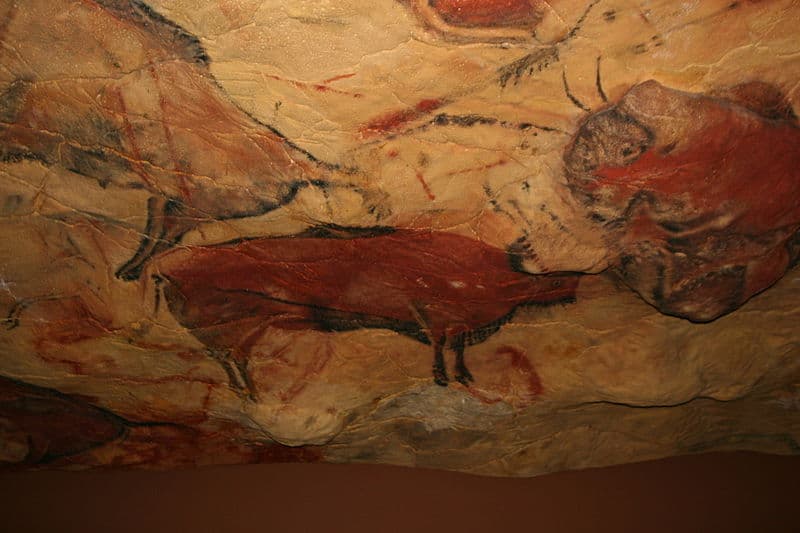
Altamira Cave in Cantabria, Spain, is renowned for its Upper Paleolithic cave paintings, often referred to as the “Sistine Chapel of Paleolithic Art.” The cave’s paintings depict bison, horses, and handprints, showcasing the artistic abilities of early humans. Discovered in 1868, the cave has since been a focal point for studies on prehistoric art and culture. The vibrant colors and detailed depictions continue to fascinate archaeologists and art enthusiasts. Restricted access to preserve the paintings adds to the cave’s mystique.
Lechuguilla Cave, USA
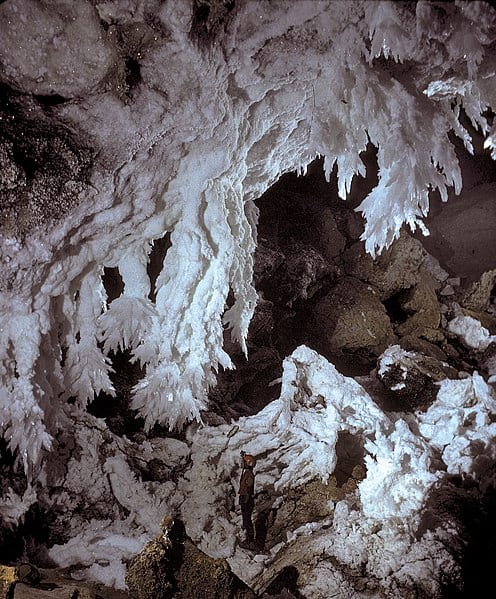
Lechuguilla Cave in New Mexico is one of the most beautiful and least accessible caves in the world. Discovered in 1986, it features unique formations like gypsum chandeliers and delicate calcite rafts. The cave’s pristine condition and unusual formations make it a site of scientific interest. The complexity of its passages and the depth of exploration required add to its enigma. Limited access ensures the preservation of its fragile ecosystem.
Devil’s Cave, Germany
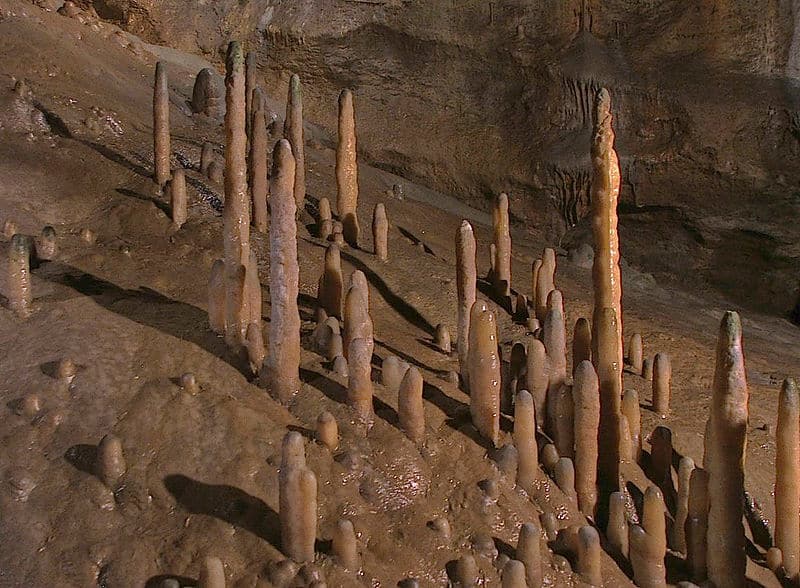
Teufelshöhle, or Devil’s Cave, in Bavaria, Germany, is known for its extensive network of tunnels and chambers. The cave’s name and folklore suggest a dark and mysterious past, often linked to legends of hidden treasures and supernatural occurrences. Its limestone formations and underground lakes create an eerie and captivating atmosphere. The discovery of prehistoric animal bones adds a historical dimension. Guided tours delve into the cave’s geological and mythical aspects, enhancing its mysterious appeal.
Cave of Swallows, Mexico
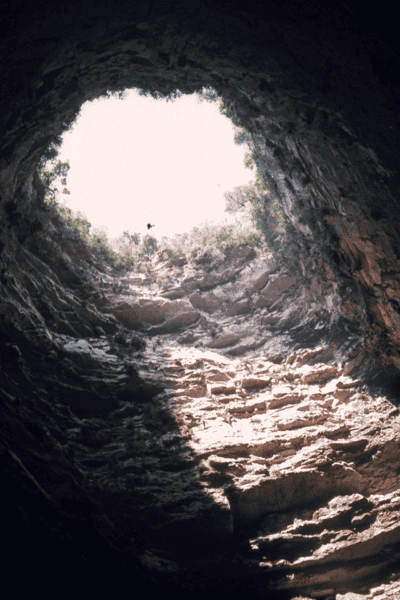
The Cave of Swallows in San Luis Potosí, Mexico, is a massive open-air pit cave, renowned for its depth and vertical descent. The cave’s sheer size and the swallows that nest in its walls create a unique and haunting environment. BASE jumpers and spelunkers are drawn to its depths, adding to its reputation for adventure and mystery. The cave’s natural beauty and the sounds of the birds echoing within enhance its enigmatic charm. Its remote location and challenging access contribute to its allure.
Batu Caves, Malaysia
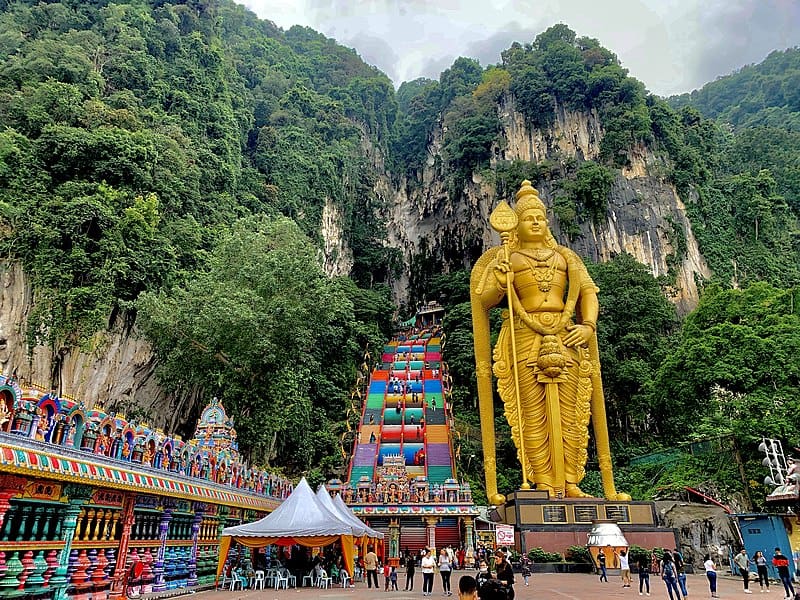
Batu Caves near Kuala Lumpur, Malaysia, are a series of limestone caves and cave temples. The caves’ association with Hinduism, particularly the temple dedicated to Lord Murugan, adds a spiritual dimension to their mystery. The annual Thaipusam festival attracts thousands of devotees, creating a vibrant and mystical atmosphere. The caves’ natural formations and the religious artifacts within blend nature and spirituality. The combination of geological wonder and cultural significance makes Batu Caves a fascinating destination.
This article originally appeared on Rarest.org.
More From Rarest.Org
Professional golf teams, often represented by exclusive clubs and prestigious courses, hold significant value in the world of sports. These top-tier golf clubs are known for their luxurious amenities, challenging courses, and historical significance. Read more.
Discoveries of hidden treasures in ancient tombs have fascinated historians and archaeologists for centuries. These remarkable finds offer a glimpse into the lives, beliefs, and artistry of long-gone civilizations. Read more.
Vintage watches are more than just timepieces; they are a window into the past, showcasing timeless craftsmanship and unique designs that have stood the test of time. Collectors around the world cherish these horological gems for their historical significance, rarity, and distinctive features that set them apart from modern counterparts. Read more.



